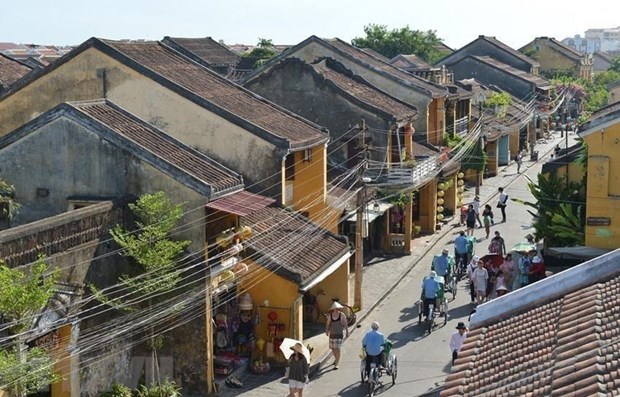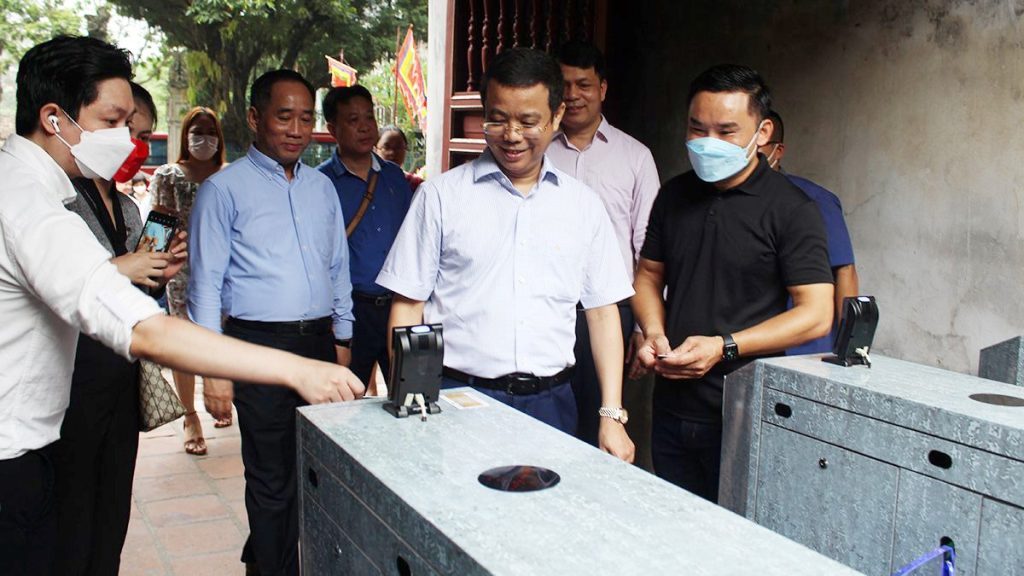The APTS establishes four main criteria that should be satisfied in Public Toilets in order to attain accepted standardised levels for tourism purposes. These criteria are: 1) Design and Environmental Management System; 2) Amenities and Facilities; 3) Cleanliness; 4) Safety.
1. The Cleanliness criteria in Public Toilets refer generally to the fact that all elements in the Public Toilet (including fixtures, cubicles, accessories, walls and floors) should be kept clean and dry at all times and that there should be no hidden dirty areas (room corners, areas behind the WC/urinal, under washbasins etc.). These criteria also refer to the general well keep-up and maintenance of the Public Toilet premise.
In the audit checklist the Cleanliness criteria refer specifically to the following aspects:
Air quality: by maintaining good circulation, humidity control, room temperature, and air freshners
Adequate ventilation system: to allow for absence of smell, keep the ambience dry and maintain an adequate temperature inside the toilet premise.
Water quality: by maintaining colourless, odourless, and bacteria free water Type and sequence of Cleaning (daily/periodic/specialised): to allow for regular sanitization of the toilet premise:
Daily cleaning: is divided into spot cleaning and thorough cleaning
Periodic cleaning: is performed on a fixed schedule to target cleaning of accumulated stains and hard-to-reach areas (i.e. water traps, ceilings or fans)
Specialized cleaning: solves odour and stain problems, which cannot be removed by daily/periodic cleaning (carried out once a month on average).
Scheduled cleaning: detailing timing and frequency of cleaning14 (daily/periodic/specialised): allows for keeping the toilet facility in a safe, dry and sanitised condition at all times. Inspection card to be placed inside the toilet area hanged visibly on the internal walls for record, monitoring and supervision of daily cleaning maintenance and
made available for inspection.
Specialised training of cleaners and toilet maintenance: cleaners should be professionally trained and certified by national accredited training providers to perform effectively and efficiently their tasks. Supervisors should be trained with the necessary skills to inspect and supervise the level of cleanliness and functionality of the toilet premise.
Suggestion box: placed inside the Public Toilet to collect customers’ suggestions for improvement to be followed up and implemented by the entity responsible for the Public Toilet.
General maintenance: including replacement of faulty fixtures and performance of small repairs; reporting system of incidents/faulty aspects in the toilet premise.
Open and closing time: appropriate to local demand and activity patterns. For Public Toilets that have an open and closing time, it is advisable these should be displayed clearly at the side entrance of the toilet premise.
Appropriate ventilation is one of highest requirement for a well-maintained, dry, odour-free, hygienic toilet. In the ASEAN region many countries experience tropical weather with high humidity levels. Humidity gives way to mould formation and this one to growing and release of harmful spores and VOCs leading to undesired effects.
Effective ventilation of the toilet premise should allow for recycled air to be dispelled quickly outdoors without causing nuisance to the neighbouring premises. Ventilation can be either natural or mechanical or both:
– Natural ventilation: natural ventilation is through windows, doors, louvers or other openings to the outdoor. Such openings’ mechanisms should be accessible and controllable by the building owners. Air exchange rate should be of 5 Air changes/hour.
– Mechanical ventilation: mechanical ventilation (through fans or ventilation ducts) should allow for an air exchange rate of minimum 15 Air changes/hour. Low-level exhaust grilles in the cubicle near the WC allow for a quick off dispel of foul air.
Exhaust air should be dispelled outdoors at a position of at least 2 meters above ground and at least 5 meters from any opening (doors, windows, air intakes etc.) into the building to avoid its re-entering. Replacement air to be introduced directly from outdoors or from adjacent permanently conditioned/ventilated areas, through openings (i.e. doors) and preferably at floor level so as to facilitate dryness of the toilet floor.
2. The Safety criteria in Public Toilets refer generally to ensure that the visitors, the operators and cleaners have a safe use and access/exit to and from a toilet premise. Also safety at a public premise includes measures taken to prevent acts of vandalism against the toilets and the occurrence of antisocial/criminal activities at their premises. The choice of a Public Toilet location is essential, as a safe place choice will discourage the unfolding of unlawful activities.
In the audit checklist the Safety criteria refer specifically to the following aspects:
Concealment of interior water supply and drainage piping: water supply and drainage piping connected to toilets and basins should be concealed to protect them against acts of vandalism.
Locking of toilet facilities: for Public Toilets that have an open and closing time (i.e. in some tourism attraction sites or in shopping malls, etc.) it is advisable that the windows and entrance of Public Toilets be locked during non-operating hours.
Patrol Surveillance: in public parks security patrolling should be extended to the there Public Toilets.
Appropriate lighting: the Public Toilet should have provisions for lighting, when in operation:
– Interior lighting: shall be provided at all times (during operating hours) when natural lighting is not available and shall be bright enough to illuminate entrances, exits, wash areas, cubicle & urinal spaces and publicly accessible areas. Lighting is directed at discouraging vandalism and at spotting areas of concealment.
– External lighting: shall be provided at all times (during operating hours) when natural light is not available and shall be bright enough to illuminate entrances, exits, walkways, paths, parking spaces and open areas where access to the Public Toilet is required. Lighting is directed at discouraging vandalism and at spotting areas of concealment. It also prevents fall accidents.
– Emergency lighting: emergency illumination devices shall be provided to allow for a safe exit from the toilet.
General lighting: toilets could be provided (during operating hours) with warm color lighting for both general areas as well as washbasin areas: warm coloring helps creating a friendly environment, which should facilitate a more caring user behavior.
Lighting should come ideally both from natural and artificial sources:
– Natural light: when utilizing natural light, applicable national standards should be acceptable.
– Artificial light: in absence of local standards, when utilizing artificial light, the average illumination should be between 100-300 lux over the area of the room to allow for proper cleaning, correct use, and safety.
Materials: the Public Toilet should be provided with durable materials due to expected high usage:
– Internal: all fixtures, fittings, piping, valves, accessories should be durable such as they will withstand the effects of weathering, heavy utilization, vandalism, heavy cleaning application and similar. Use preferably anti-graffiti material. Floors should be made of waterproof, anti slip surfaces (i.e.: stone, ceramic tiles, composite granite with nano coating and other durable surfaces); walls should be covered with durable surface material (i.e. ceramic tiles, glass block, natural stone and other durable surfaces).
– External: exterior surfaces should be coated with or constructed with durable, anti graffiti material, wherever possible. There should be no signs of structural cracks/defects.
Cleaning Safety: The operators and cleaners in the Public Toilet should apply a correct use of both cleaning chemicals and equipment. Cleaners should be provided with appropriate insurance coverage according to the local regulatory requirements.
CCTV surveillance: CCTV surveillance devices should be provided outside the entrance of the Public Toilet premise in areas of high traffic (i.e.: Train stations, airports, Subway stations, etc.).
Tourism Information Technology Center




